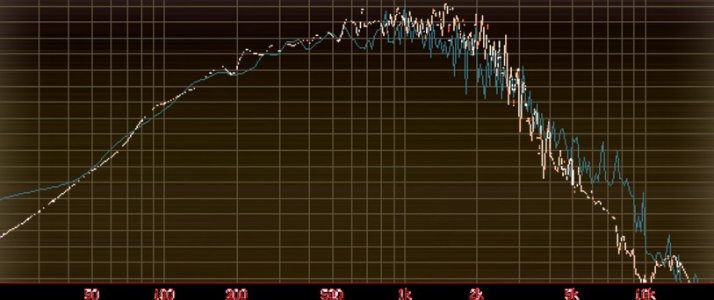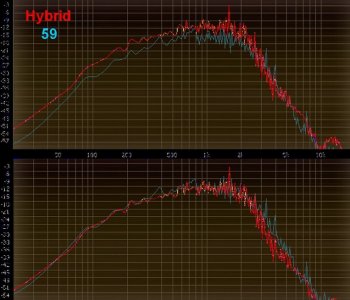JB6464
New member
Duncans website states the JB has 5/6/8 EQ curve, and the 59 / Custom has a 6/8/8.
Both using a A5 mag but wound differently of course, but I'm baffled how the 59 / Custom has stronger lows and mids than the JB,
The JB has a pretty strong mid bark to it and I don't hear that coming out of a 59 / Custom when I listen to vids, I hear the 59 / Custom being more scooped with tighter lows.
Am I hearing it wrong or does the 59 / Custom really have more mids but at a different EQ curve.
Both using a A5 mag but wound differently of course, but I'm baffled how the 59 / Custom has stronger lows and mids than the JB,
The JB has a pretty strong mid bark to it and I don't hear that coming out of a 59 / Custom when I listen to vids, I hear the 59 / Custom being more scooped with tighter lows.
Am I hearing it wrong or does the 59 / Custom really have more mids but at a different EQ curve.


